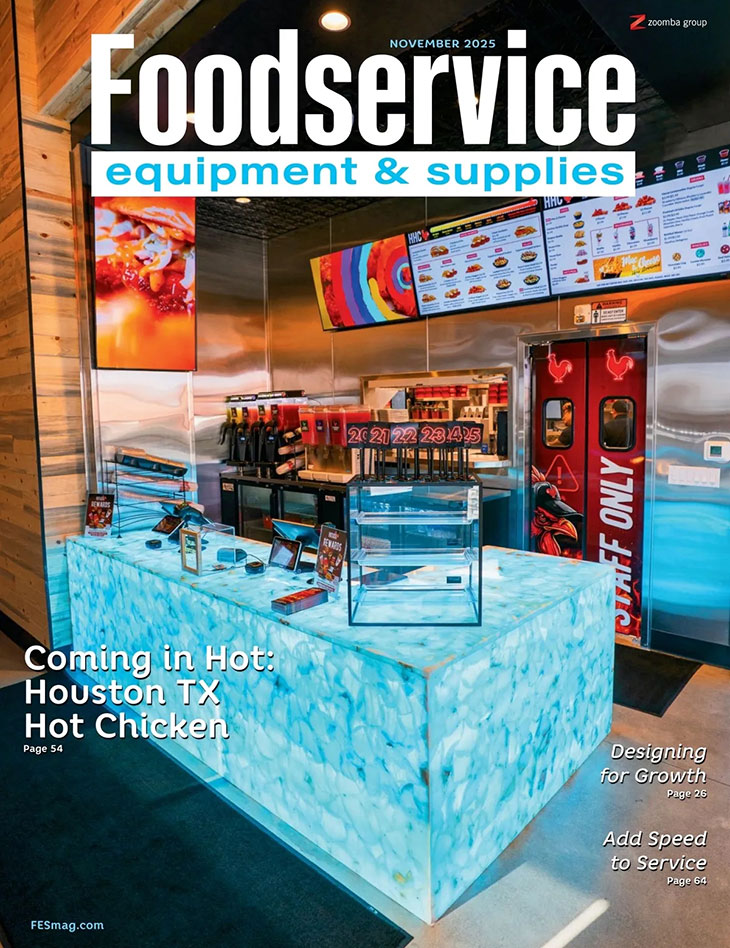Think carefully about what kitchen equipment to keep and what to replace when updating an operation.
Repair or replace?
Eventually, every foodservice operator will have to answer this question about every piece of equipment in their kitchen. A restaurant remodel, though, can impact that answer.
According to Scott Hester, brand leader for Refrigerated Specialist Inc., Mesquite, Texas, a division of Unlimited Service Group, evaluating whether to replace a piece of equipment in general is straightforward: Weigh the cost of a new unit against the cost of the current repair plus likely future repairs. At that point, the operator makes a decision based on their own budget and appetite for risk.
The evaluation is similar, though not identical, during a remodel.
Even if every piece of equipment is working fine ahead of a remodel, operators should factor in how much wear and tear the different pieces go through on a daily basis, Hester says. A floor mixer in the prep kitchen or a reach-in at the bar probably don’t need to be replaced in a remodel because they just don’t get as many miles on them as other items might.
Equipment on a cook line, though, represents a different story. Those pieces gain constant exposure to high temperatures, grease-laden air and regular abuse, such as slammed doors. As a rule of thumb, Hester recommends operators replace these units during a remodel, whether they’re used for holding ingredients (like refrigerators and steam pans) or cooking food.
Similarly, Hester says, operators likely need to have their utility hookups along the hot line changed or at least evaluated as part of the redesign, as heat and grease will damage those over time, too. “Let’s say it’s a five-year remodel. If I’m spending the money to take a cookline out and put one back in, I would be remiss to roll the dice that those [existing] units are going to last me a life cycle,” he says.
In some cases, operators will want to install legacy equipment in a remodeled kitchen, Hester acknowledges. Operators will likely want to retain expensive equipment with years of service left, like combi ovens.
Also, operators should consider keeping less expensive pieces of equipment more recently installed, such as a new fryer that recently replaced a dead unit. In these situations, have a service agent thoroughly clean and inspect the equipment before reinstalling the item. The service agent should also properly calibrate the unit once all utilities are hooked up. “Does it need gaskets? Does it need water filters? Has it been neglected in any way? This would be a repair visit in conjunction with the remodel,” Hester says.
When swapping out equipment in a remodel, operators should work with a service professional or design consultant to ensure the utilities in the building match the requirements of the new kitchen, Hester adds. Mismatched utilities can lead to all sorts of problems, he says. Gas pressure that’s too low can cause pilot lights to go out and equipment to not reach temperature, for instance, while new electric equipment may require circuit breakers with different capacities than the legacy equipment.
In the end, the actual evaluation of existing equipment during a remodel isn’t overly complex. But it’s worth taking the time to make these decisions. The wrong choice could cost you time, money and hassle during a period when you’re expecting smooth operations.



